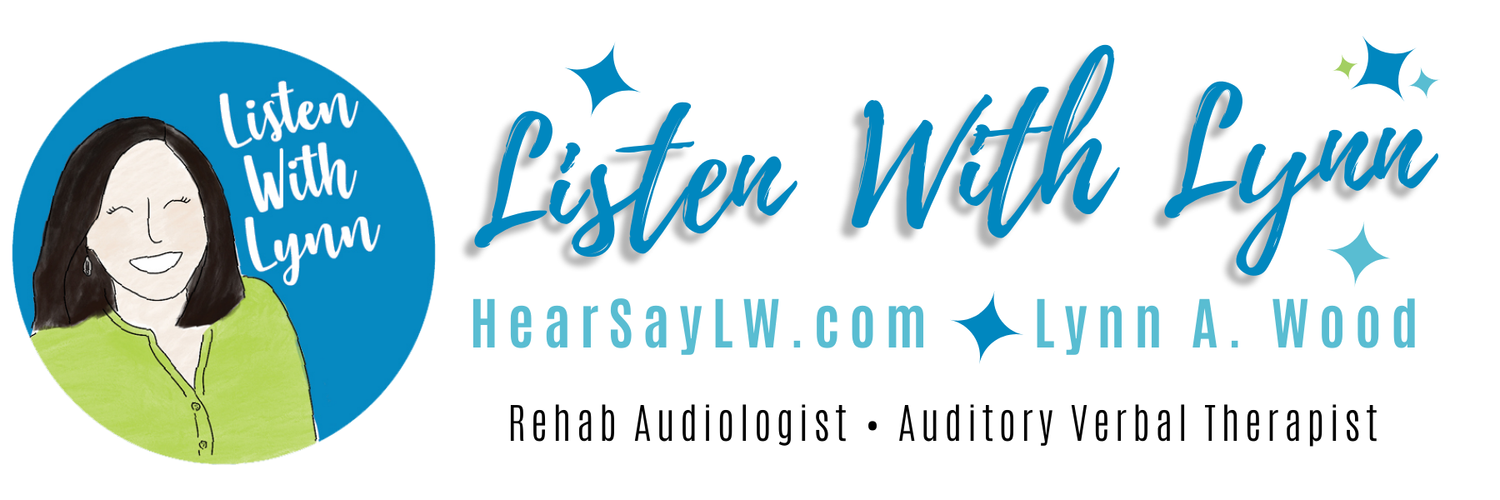Sooner or later, everything old is new again. When I was in college, I heard over and over that the therapy materials do not make a successful session. Case in point. I vividly recall on two occasions, walking into my well planned therapy session when my clinical supervisor snatched my games, books or toys and in exchange handed a roll of Lifesavers. The following year on a second occasion a catalog from the Speech and Hearing Clinic’s waiting room became my lesson materials.
That’s when the rubber hit the road for me. Yes, a pun - as I was at the University of Akron in Ohio, which was known as the Rubber Capital of the World back then with it’s tire manufacturers headquarters such as Firestone, Goodrich and Goodyear. Once, I got over the initial shock, I found out that I was knowledgeable, flexible and if I say so myself I led two amazing listening and language-rich sessions with practical ideas for the parents to implement at home.
I have been using toy catalogs in my LSL auditory verbal therapy sessions and with a couple of children with auditory processing needs this December. Due to Covid-19, all my sessions are virtual. Walmart and Target toy catalogs are online and were easily screen shared in teletherapy. I picked up two Learning Express catalogs and dropped one off at a little listener’s home. This was a terrific barrier game using the computer screen.
We targeted a wide range of goals including functions, attributes, categories, compare/contrasting, persuasion, and perspective-taking. The kids have had a blast and the parents have been thrilled with easy home carryover ideas! Grab a toy catalog to talk and walk through this holiday season. Go on an I Spy Catalog Scavenger Hunt and make a wish and gift lists together.
I am learning new vocabulary too – the new fangled toys today are crazy these days!
Check out some other winter-themed resources for listening and spoken language lessons and sessions.
Listen & Draw Directions Holiday Trees
Winter Flip & Switch – A Listening and Spoken Language Game
Listen & Draw Snowmen
Snowflake Warm-Up Game
Winter READY TO GO! Auditory Skills
Winter Idioms Say What? I'm All Ears
Jokes & Riddles for December












